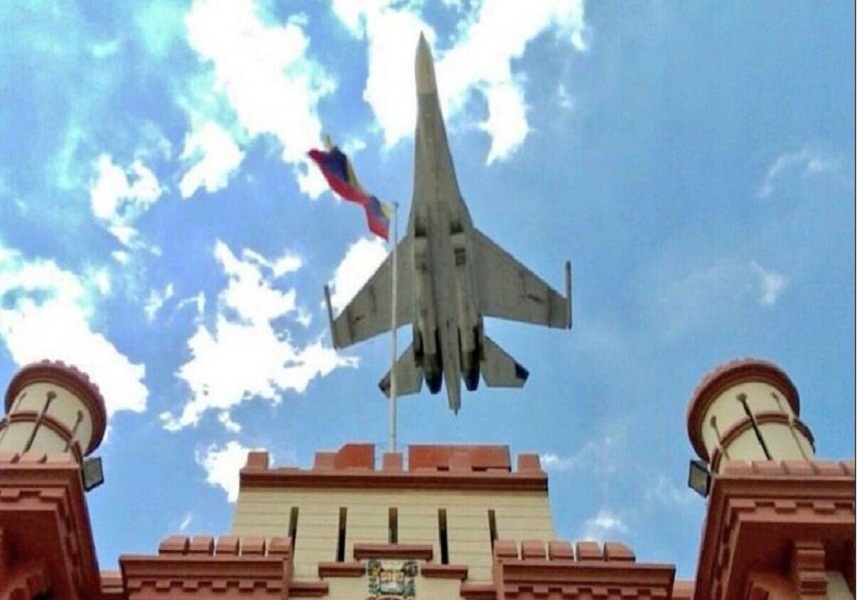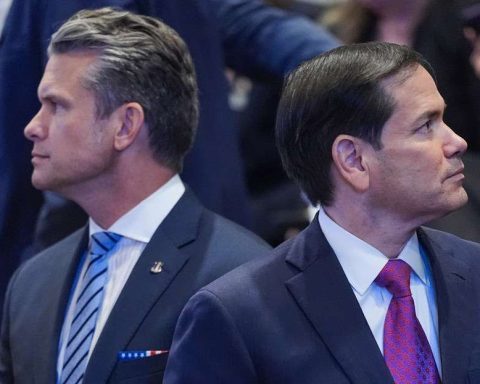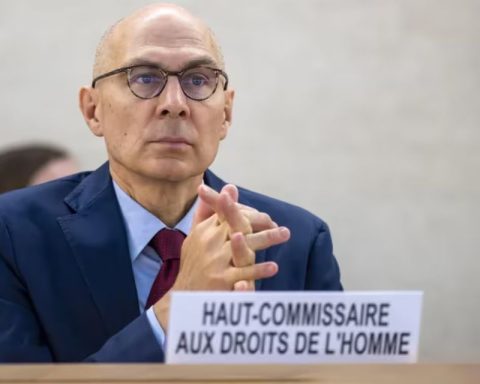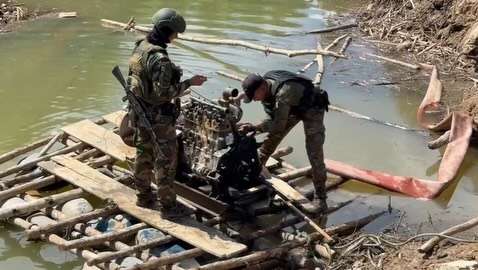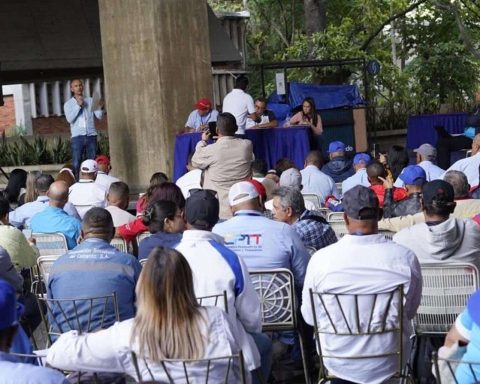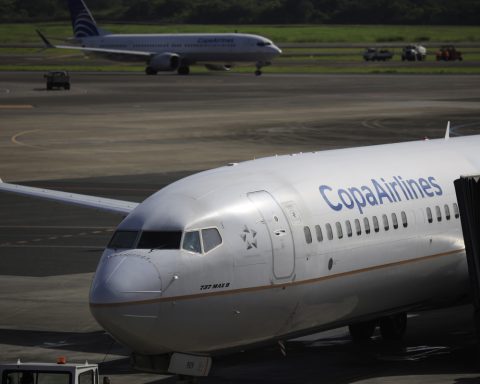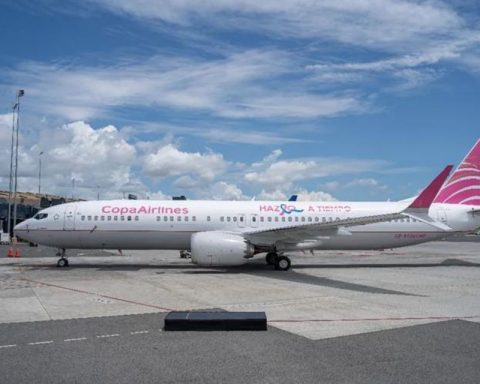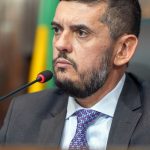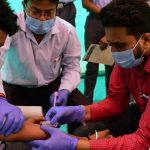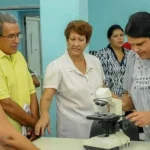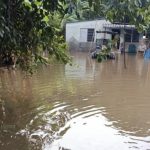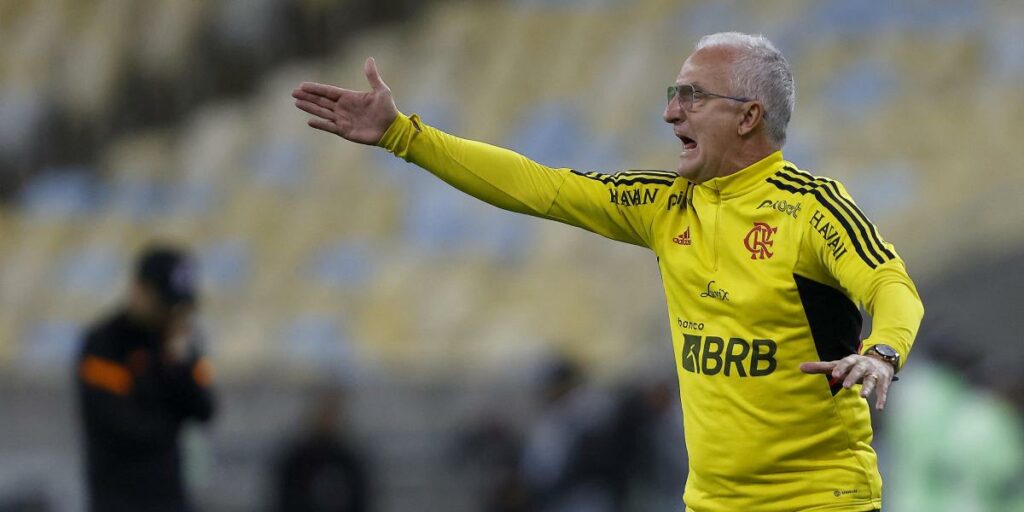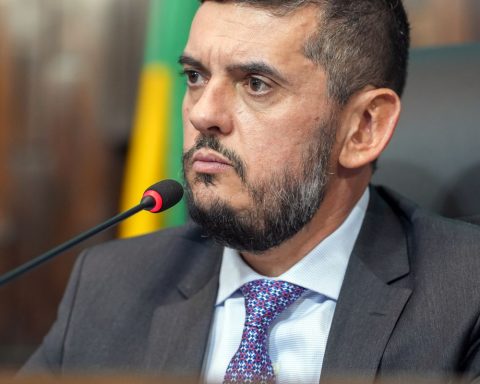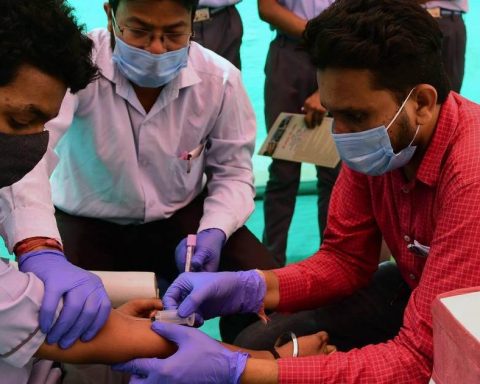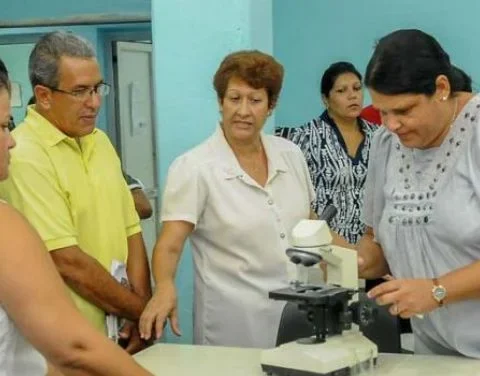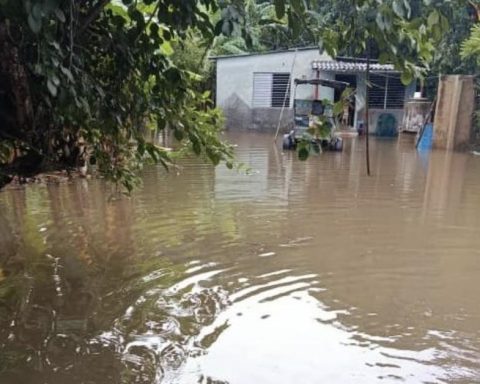Even with the expectation generated by the military uprising of February 4, the Venezuelan population confirmed in the early hours of the morning of November 27, 1992 that a group of soldiers, inspired by the initiative of Hugo Chávez Frías and faithful to the libertarian doctrine of Simón Bolívar., was determined to take a step forward in the fight against corruption and government negligence that had subjected the Venezuelan people for just over 30 years, during the so-called “Puntofijismo”.
Thirty years after that action, a model different from the one developed by the Acción Democrática and Copei governments has been consolidating.
Background of the events
In the period 1958-1998 there were serious violations of human rights in its various manifestations. According to data from the National Institute of Statistics (INE), 25% of Venezuelans lived in extreme poverty and the gap between rich and poor was very wide.
On the other hand, the population began to feel the deterioration of the expectations of collective well-being, the loss of legitimacy and confidence of the main political organizations, all of this against a background of political conflicts and decisions made from a bipartisan vision.
In addition, during the Punto Fijista stage there were demonstrations due to the economic crisis the country was facing, as a result of the increase in foreign debt, the rise in prices and the decrease in wages, among other factors, which were brutally repressed by security forces.
To this general context were added specific events that occurred during the mandate of the president at that time, Carlos Andrés Pérez, among them the events of February 27 and 28, 1989, known as “El Caracazo”, in which repressive acts occurred that caused hundreds of deaths and arrests.
Likewise, the application of a “neoliberal economic package” by Pérez, led to a drop in the application of social programs for the people, reflected in situations such as protests by the elderly.
The protagonists
The civic-military insurgency was led mainly by Hernán Grüber Odremán, Luis Enrique Cabrera Aguirre, Luis Reyes Reyes, Francisco Visconti Osorio and the Red Bandera and Tercer Camino political parties.
The movement of the rebel troops began at 11:00 p.m. the day before, Thursday, November 26, with the main objective of capturing Carlos Andrés Pérez, and establishing a civic-military junta as a transition government. planned to release Commander Chávez.
The headquarters of Venezolana de Televisión (VTV), as well as the repeater antennas of Radio Caracas Televisión and Venevisión were taken over by then lieutenant Jesse Chacón, who had orders to transmit a recorded video in which he explained the reason for the rebellion and called the Armed Forces to join them.
This second attempt in 1992 to change the structures of the country did not achieve its objective, but it laid the foundations for the awakening of the people and opened the doors to the Bolivarian Revolution, with the figure of Hugo Chávez Frías as leader.
They remembered the date in the Plaza Bolívar in Caracas
This Friday morning, a special activity was held in the Plaza Bolívar in Caracas to remember and claim the 30th anniversary of the military rebellion of November 27 (27-N), an action that, together with the uprising of February 4 of the That same year, led by the commander, began the breaking point of the so-called Fourth Republic and the political model known as “Puntofijismo”.
During the activity, active and retired soldiers who were involved in the uprising placed a wreath in front of the statue of Simón Bolívar.
The event, which also commemorated the 102 years of the Venezuelan Military Aviation, was attended by, among others, the governor of the state of Táchira, Freddy Bernal, the General Commander of the Bolivarian Military Aviation, M/G Santiago Infante Itriago; the commander of the Integral Aerospace Defense, M/G Hernán David García Perozo; as well as the commanders, Luis Reyes Reyes and William Fariñas, who were combatants on November 27, 1992.
“We have had an emotional and beautiful act here in the Plaza Bolívar,” said Governor Bernal.
The Andean president expressed that the civic-military rebellion of 27-N “was the reaffirmation of February 4, with our commander Hugo Chávez, and that consolidated the military force to later give way to the historic process that we are experiencing today with President Nicolás Maduro ”.
He added that, as a member of the police group that participated in the uprising, it is proud to note that, 30 years later, many of the faces that took sides in the civic-military rebellion “continue the same, on the front line of fight, full of hope, reaffirming the path of Bolívar, the path of Chávez, and above all, the path of Bolivarian socialism”.
When asked about the political and imperial threats that still remain after three decades, Bernal said that it is necessary to reaffirm memory.
“Memory tells us that we have a historical adversary, which is the United States empire, which will never let us rest, which will always, permanently, besiege us, but we have shown that for every battle, there is a fighting people. “, said.
He recalled, as a reference, that on April 11, 2022, they carried out a coup against President Hugo Chávez, “and the people moved in perfect unity and rescued him, and then in 2019, they attempted an invasion of Colombia.” to overthrow President Nicolás Maduro and provoke a civil war, “and once again the people, together with the militia and the Bolivarian National Armed Forces, and the common people, resisted and won.
Finally, he stressed that the sum of these events has consolidated the civil-military union in Venezuela.
